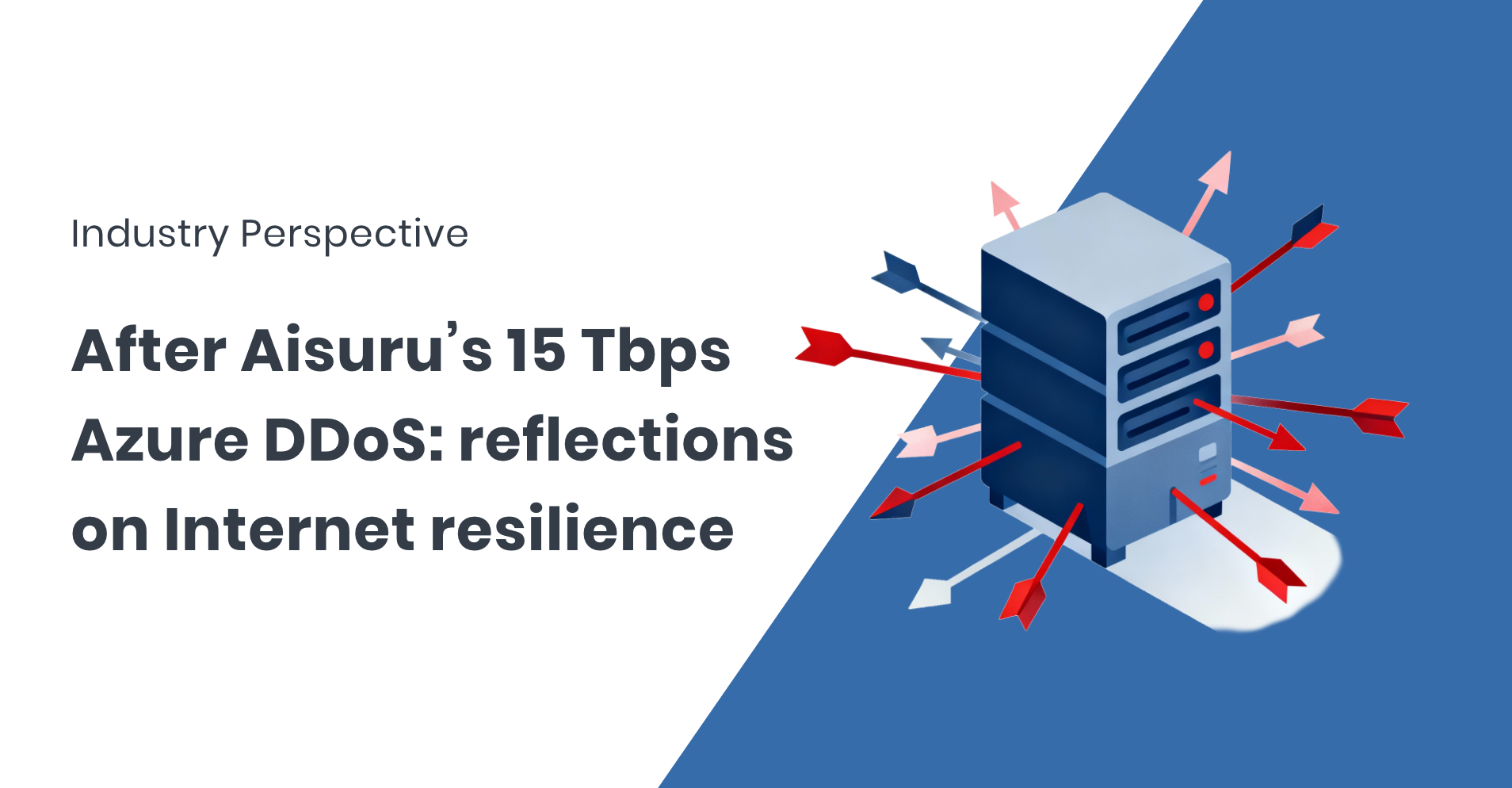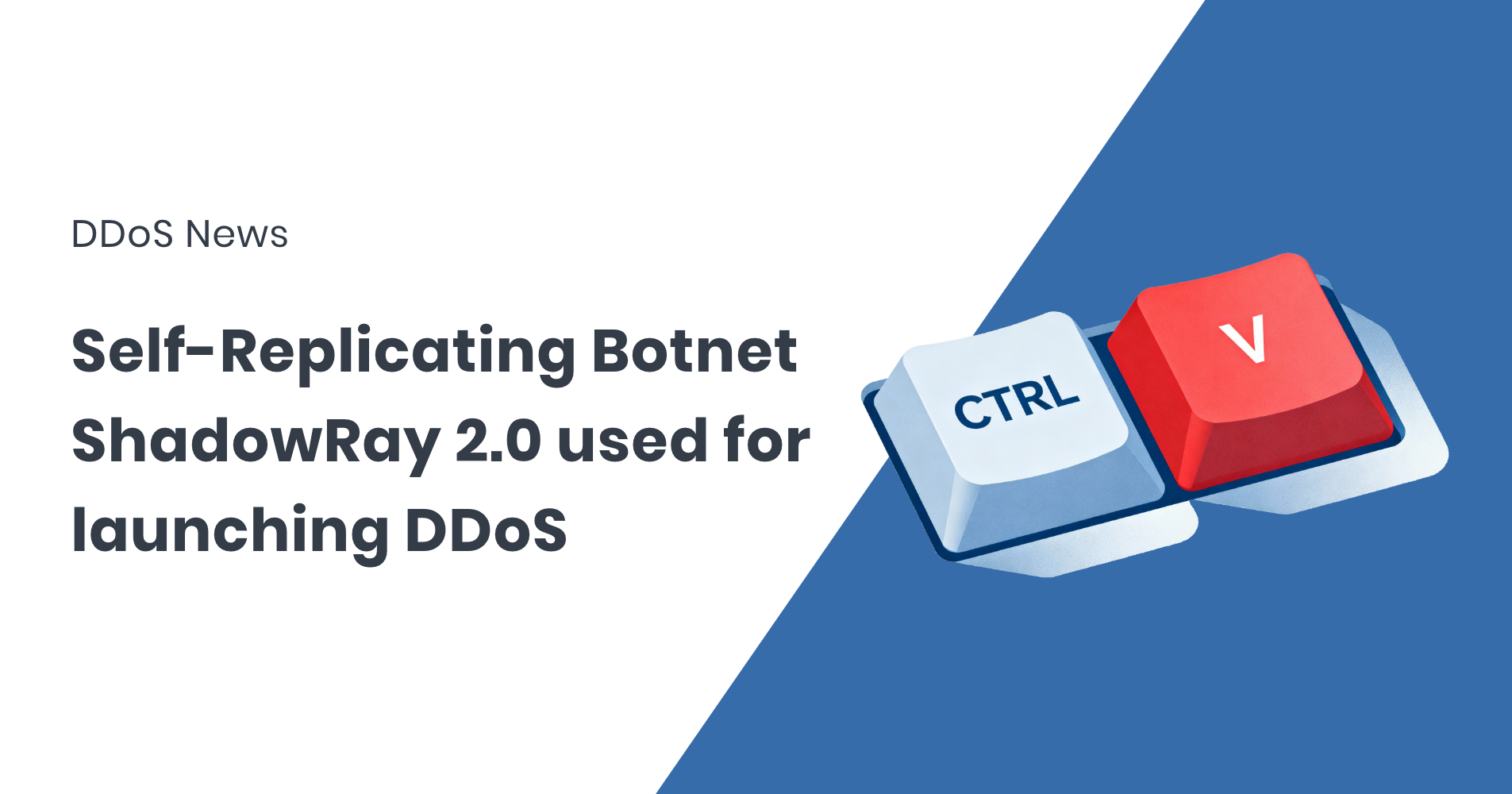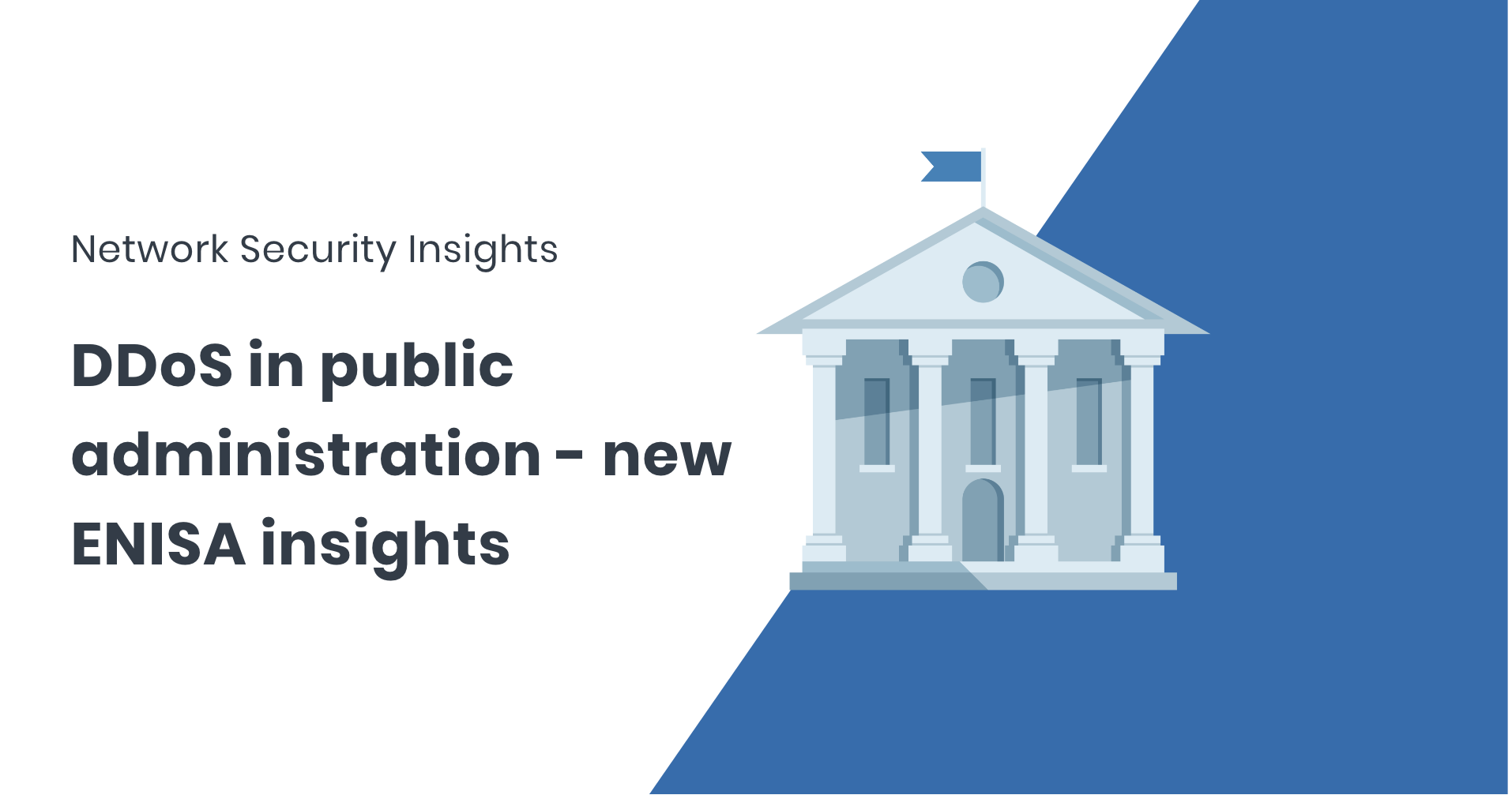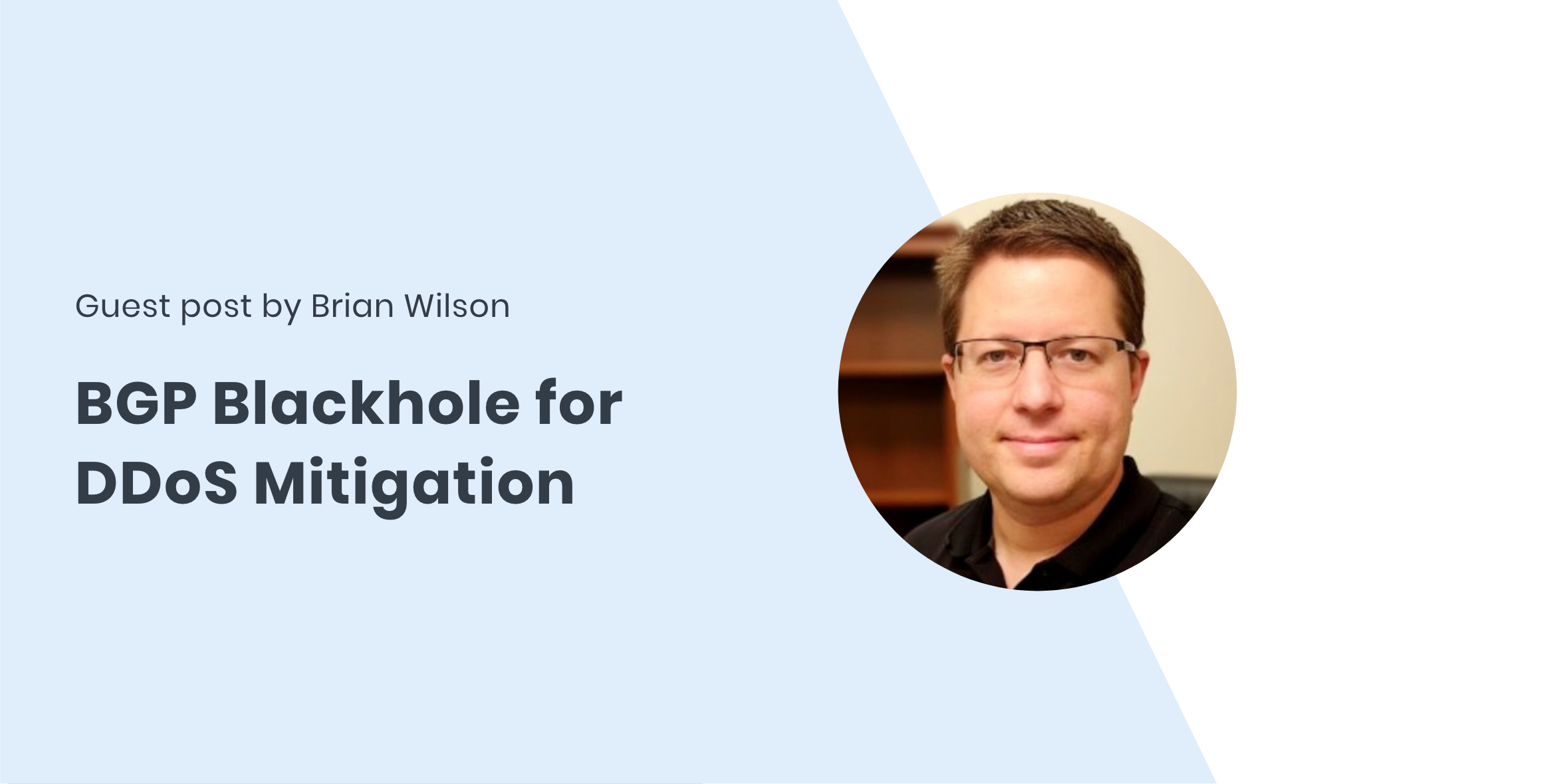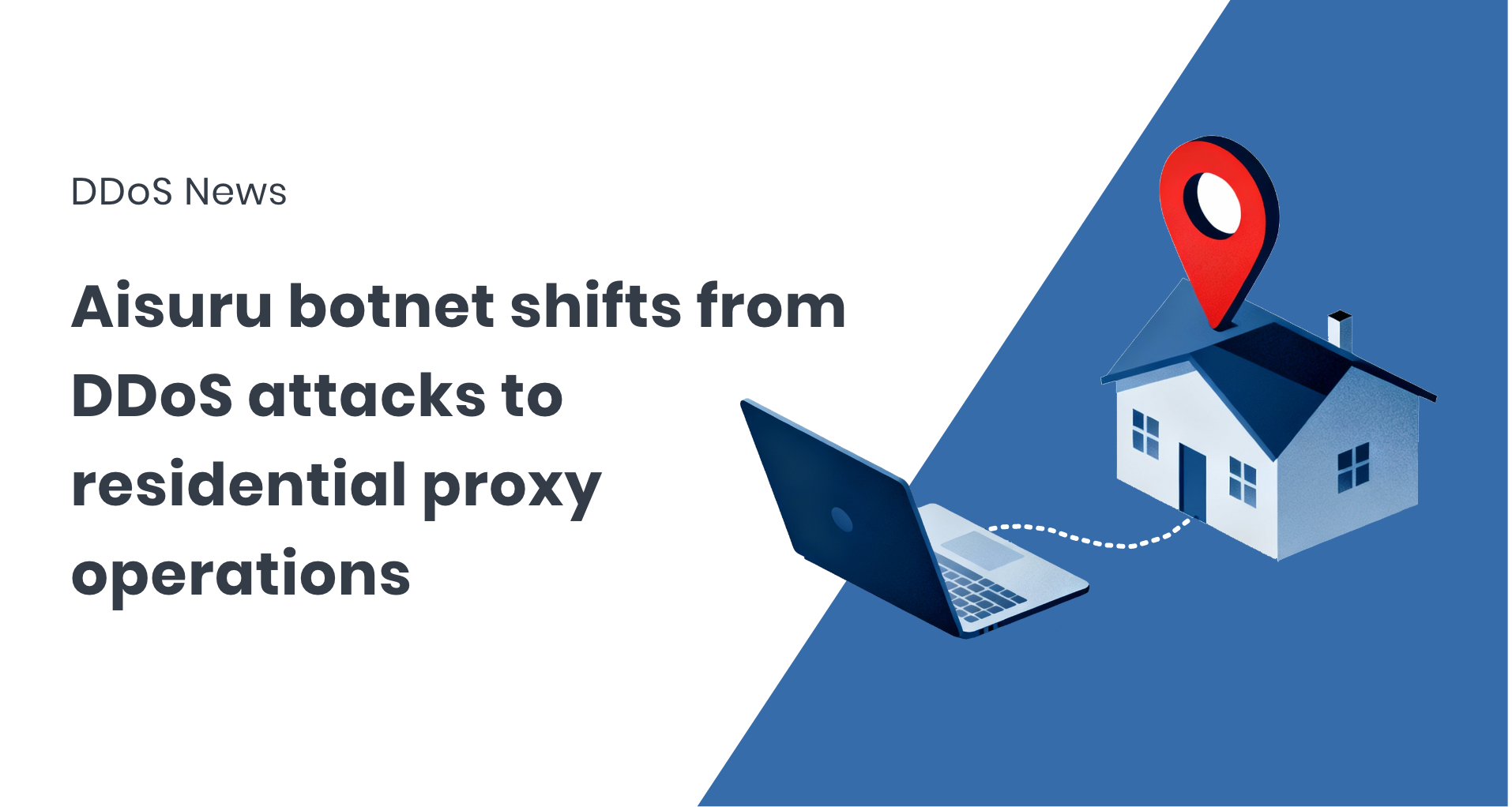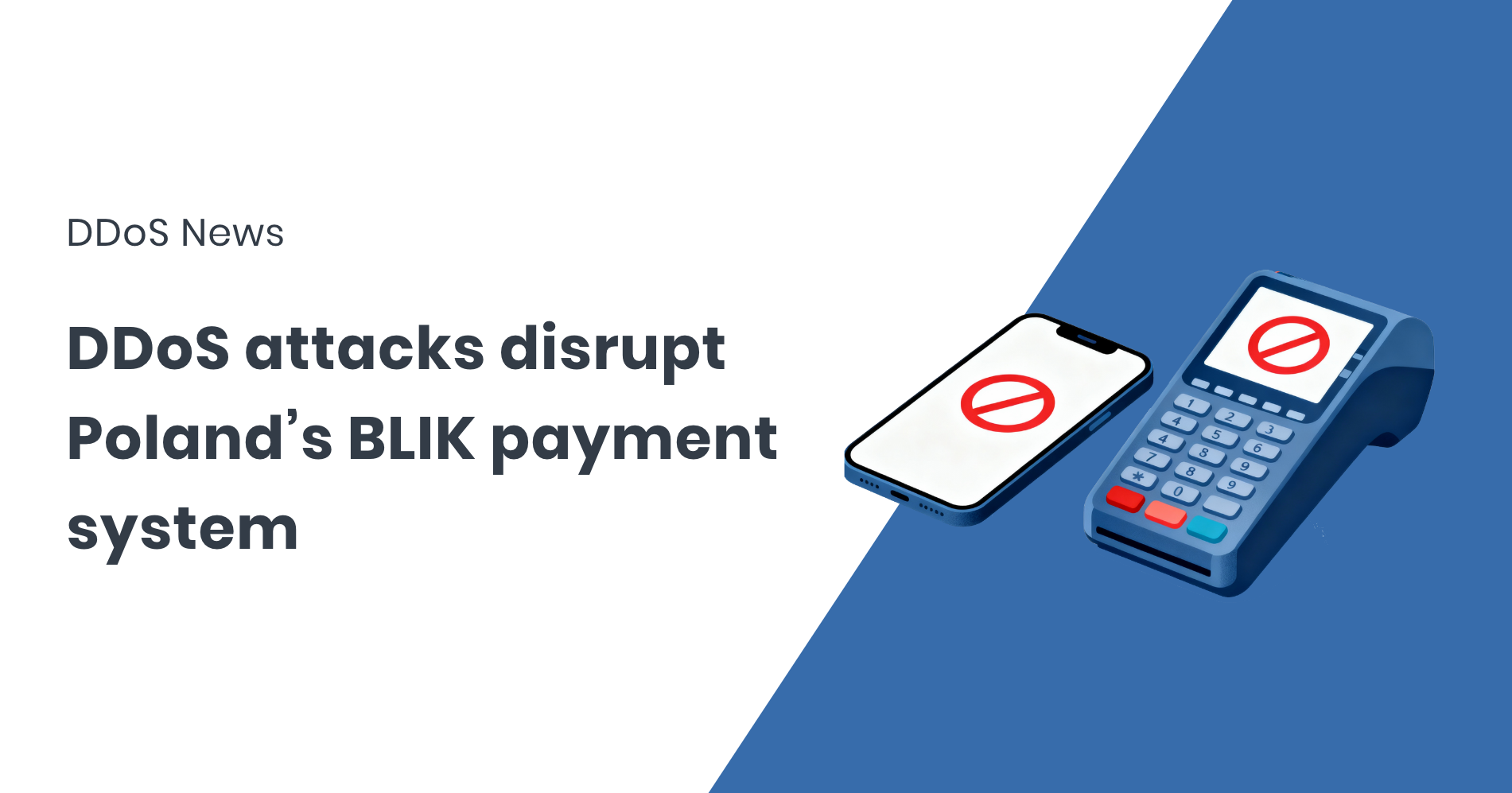This week, Microsoft confirmed it had mitigated the largest DDoS attacks ever observed on Azure: a 15.72 Tbps, 3.64 Bpps barrage against a single public IP endpoint in Australia. The ...
The U.S. Department of the Treasury, together with the UK and Australia, has announced coordinated sanctions against a network of Russian “bulletproof” hosting providers (BPH) used to run ransomware operations ...
Researchers are tracking a self-replicating botnet campaign, ShadowRay 2.0, that is targeting internet-facing Ray clusters, the open-source distributed computing framework used to run AI and other workloads. The attackers exploit ...
FastNetMon had the opportunity to attend LINX125 in London on 19–20 November 2025 as a guest, in the capacity of an ascending LINX member. It was a valuable chance for ...
The European Union’s cybersecurity agency, ENISA, has published a new sectorial threat landscape report and a press release showing that public administrations are increasingly targeted by cyber-attacks, with DDoS emerging ...
In early November 2025, Belgian networks were hit by two related DDoS campaigns targeting telecom operators, healthcare services, and military-intelligence websites. The pro-Russian hacktivist group NoName057 publicly claimed responsibility, citing ...
We are pleased to welcome a guest contributor: BGP Brian (Brian Wilson). Brian leads the BGP Black Belt training community and the consultancy BGP Engineering and Design Group, and is ...
The Aisuru botnet, responsible for multiple record-breaking DDoS attacks this year, has reportedly altered its operations to supply infected IoT devices for use as residential proxies. This marks a shift ...
Poland’s largest digital payment service, BLIK, has suffered periodic outages after being targeted by distributed denial-of-service attacks over the weekend and into Monday. The incidents caused intermittent disruption for customers ...
A newly emerged hacktivist collective calling itself Hezi Rash (‘Black Force’) has sharply increased DDoS activity across multiple countries. Between August and October 2025, researchers observed around 350 attacks — ...
